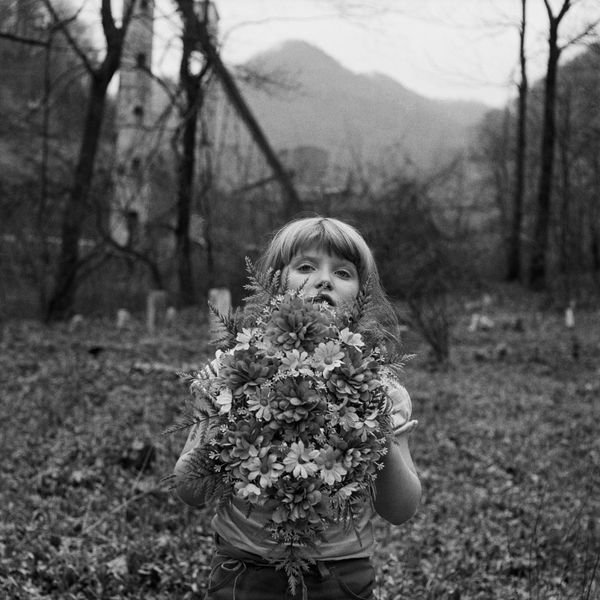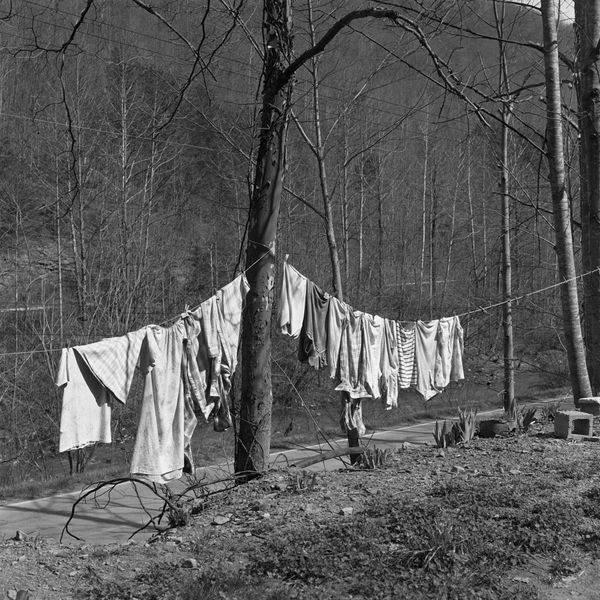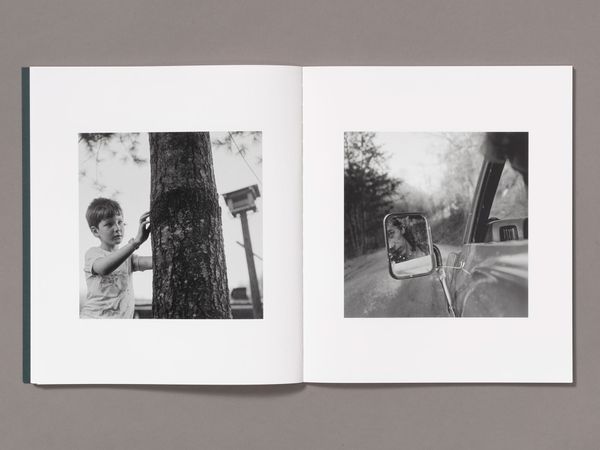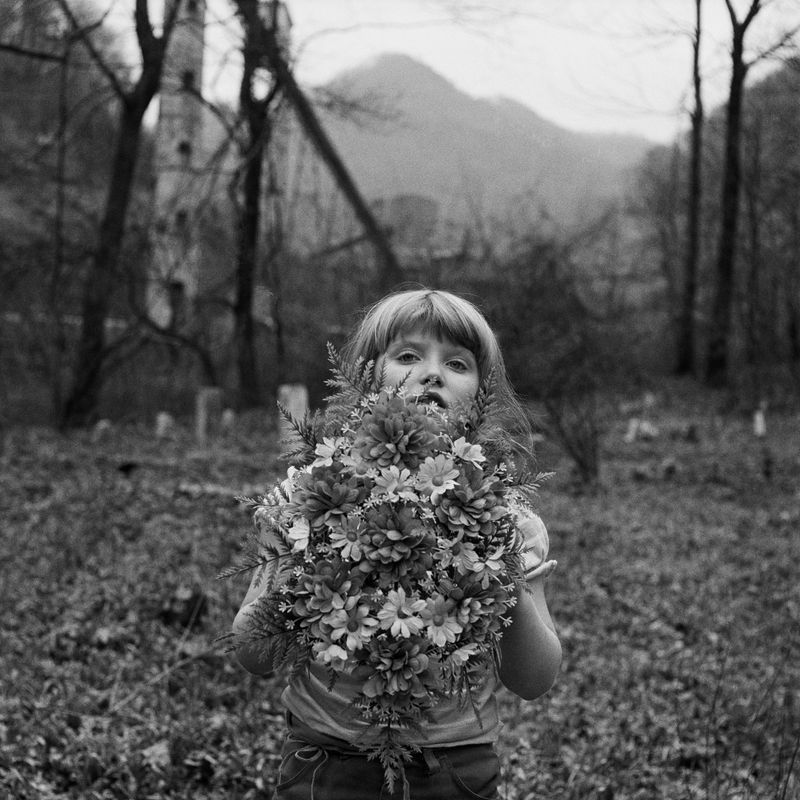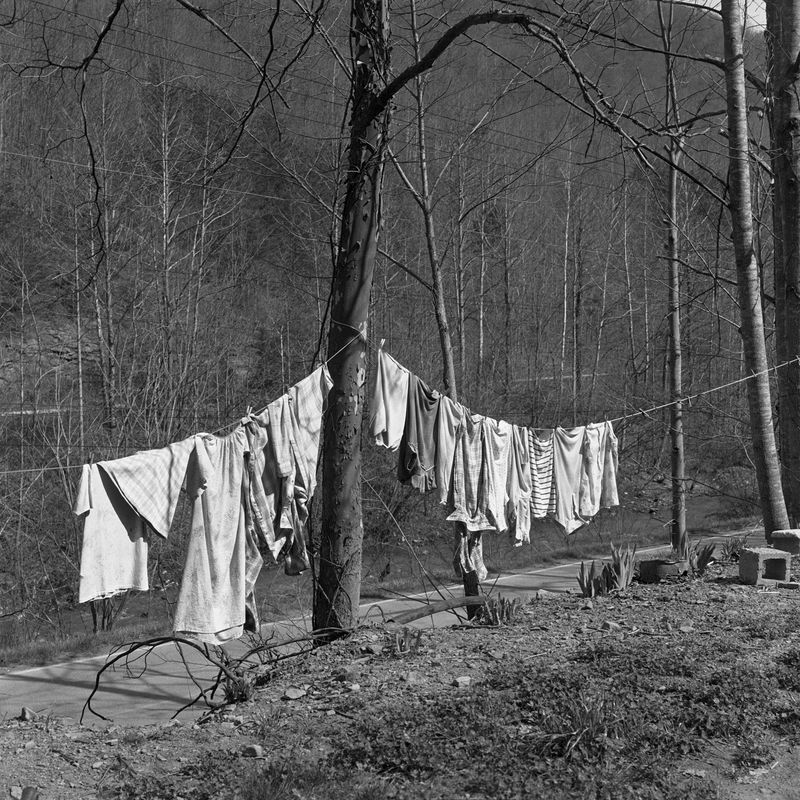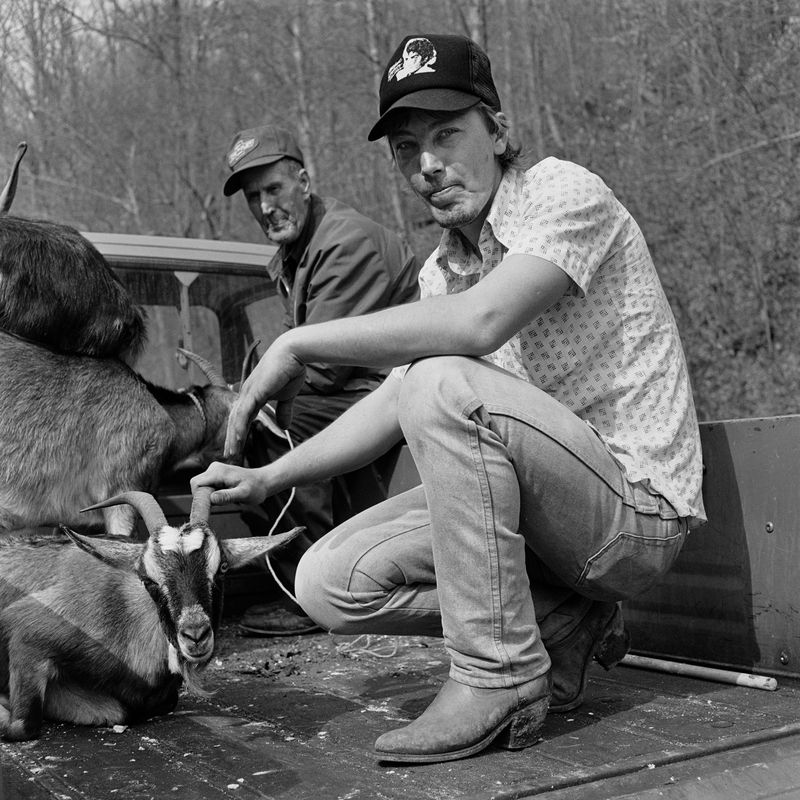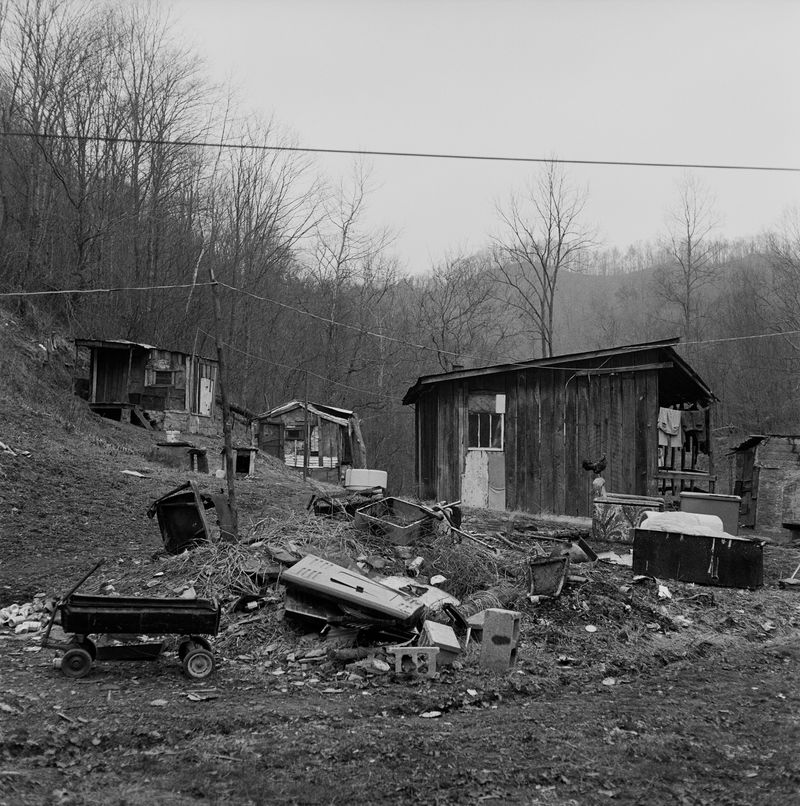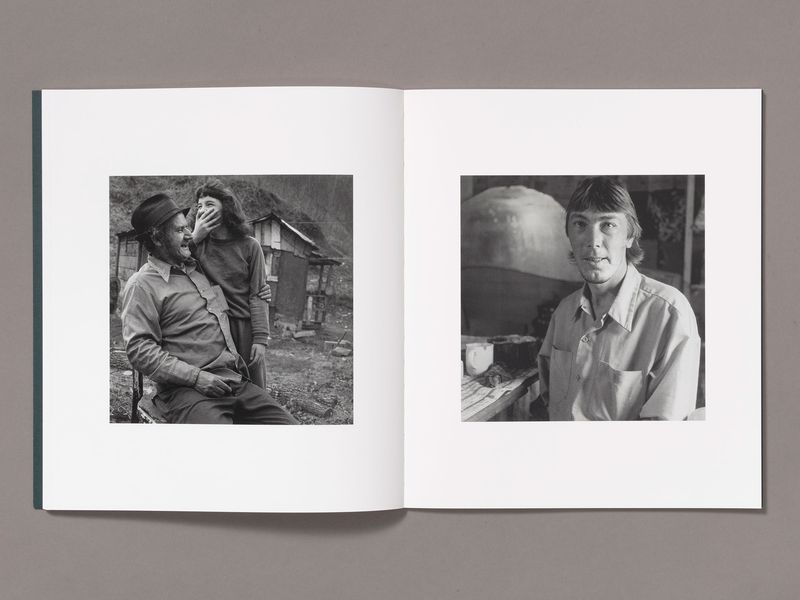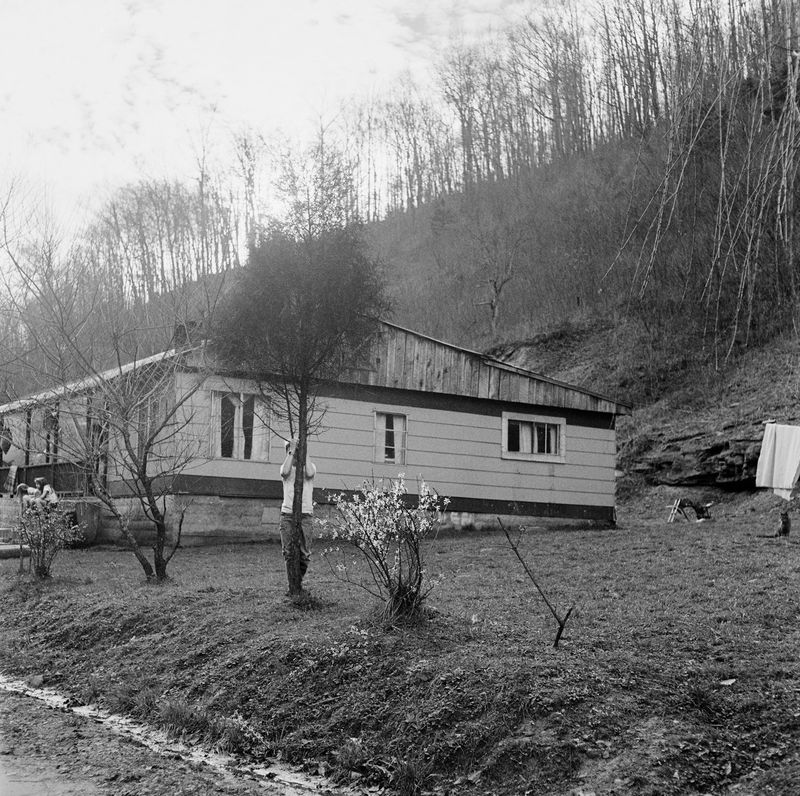Photobook Review: You Will Look to the Mountain by Anne Rearick
-
Published1 Feb 2024
-
Author
- Topics Photobooks
In the Summer of 1989, Anne Rearick had just finished her first year of graduate school. A friend suggested she visited some people he knew in Eastern Kentucky. Those people were Wayne and Rachel Riddle.
You Will Look to the Mountain features the pictures Rearick made of the family, their home, and the landscape of Eastern Kentucky. The pictures in the book were made on two trips that amounted to less than a week’s visit in total, but despite this they have a familiarity that suggests a deeper stay. Even though she’s an outsider in their homes, there is a connection between her and the lives of the people she photographed.
Maybe the connection was already there. In the text at the back of the book Rearick describes how she has Riddle ancestors, that there might be a family connection, but she also describes how she got lost on her way there. She asked the way in a local store. One local couldn’t understand her accent, another offered to show her the way.
He took her down a dirt road to a trailer and, after getting a nod from a boy with a rifle, she had found her place. If you’ve read Barbara Kingsolver’s novel, Demon Copperhead, set in Eastern Kentucky just as Purdue Pharma is getting its OxyContin marketing push into hyperdrive, the scenario of hidden trailers down dusty tracks, of asking in towns for directions to family homes, will be familiar. This is a place where everybody knows everybody. And nobody knows Rearick.
That’s where Rearick found herself, with a family who sang traditional Appalachian songs, accompanied her to hog killings, and took her to the places where the family had lived before being evicted by coal companies. It was a family she respected, a family she felt she had a connection with.
Is that connection apparent in the photographs?
I think it is. There is an unsentimental directness about them combined with a closeness and curiosity and a courtesy. You can see it in the images of a older man standing with a goat in the foreground. The man’s cheeks are hollowed out under his Chevrolet cap, as he holds out a twig that the goat munches on. Behind him stand bare tree branches rising up out of the ground hinting at the rural foundations of the region.
There are images of Rachel and Wayne, and one of their granddaughter Amy standing facing the camera, her body concealed by the bouquet of ferns and flowers she is holding. Clothes hang from tree branches, a beat up station wagons stand in the yard, and roosters, dogs, and goats stand staring at the new addition to the neighbourhood. Rearick photographs one young man holding a snub-nosed revolver as he grins at the camera. Another young man stands staring intently at Rearick’s camera, all high cheekbones, cleft chin and straight cut fringe and mullet.
There are pictures of children, out in the yard, space around them, leaning at cars, staring at trees, and tending the graves of family members who passed away.
These children look back at Rearick’s camera with curiosity, with dignity, with life. You wonder what’s going to become of them. Some of them will stay, some of them will leave, some of them will die. Seven years after these pictures were made, Purdue Pharma started selling addiction (as detailed in Nan Goldin’s brilliant film, All the Beauty and the Bloodshed), and Kentucky was especially hard hit.
So there’s the added kicker, that some of these kids will grow up, become addicted, and die. This is a hard life that Rearick photographs, but she captures the life of it, the soul of it. It’s a life that will get much harder though. It will also become less lived on the outside as social media, streaming, and smartphones start to dominate everyone’s life. Go to those same homes now, and this might not be the life people are leading.
It’s a time that has somehow ended, a life that has changed beyond recognition. But the reality of it is there in the images, in the space, in the closeness of the photographs that Rearick took in the short time she photographed there. It’s a reality that Barbara Kingsolver herself talks about when asked about why she left Appalachia when she was young. Her answer tells you something of the love which she feels, and no doubt Rearick feels for the region and the people who live in it.
‘Well, I left because that’s what kids from little towns do. You want to kick the little-town dust off your shoes. I wanted to go away to college, and then after that I wanted to go out in the world and seek my fortunes. So I backpacked around Europe and I ended up living here and there working at low-paying jobs. When I got to Tucson, Arizona, I just got stuck. I went there expecting to stay a month, and I stayed 20 years, because life happens. Every single day that I lived in Tucson, I missed the trees, I missed the mossy creeks and the ferny glens and the hollows. I missed water and green, and I just longed for home.’
--------------
You Will Look To The Mountains is published by Deadbeat Club
Softcover w/ Die-Cut & Tipin
Tritone Offset
70 Pages - 9.5” x 11”
Swiss Bound
ISBN: 978-1-952523-10-6
--------------
All photos © Anne Rearick
--------------
Anne Rearick is an American photographer, member of Agence VU’ Agency 1993, based in Gloucester (Massachusetts, USA). She graduated from the Massachusetts College of Art in 1990. Since then, she has worked as both a teacher and a photographer. In the great tradition of American documentary photography to which she adds her singularity, she works on subjects over a long period of time, deepening the relationships with people and places that she captures over time. Her photography captures the daily experience of the worlds she immerses herself in, which she celebrates with delicacy.
Colin Pantall is a photographer, writer and lecturer based in Bath, England. His next online courses begin in January, 2024. More information here. Follow him on Instagram
